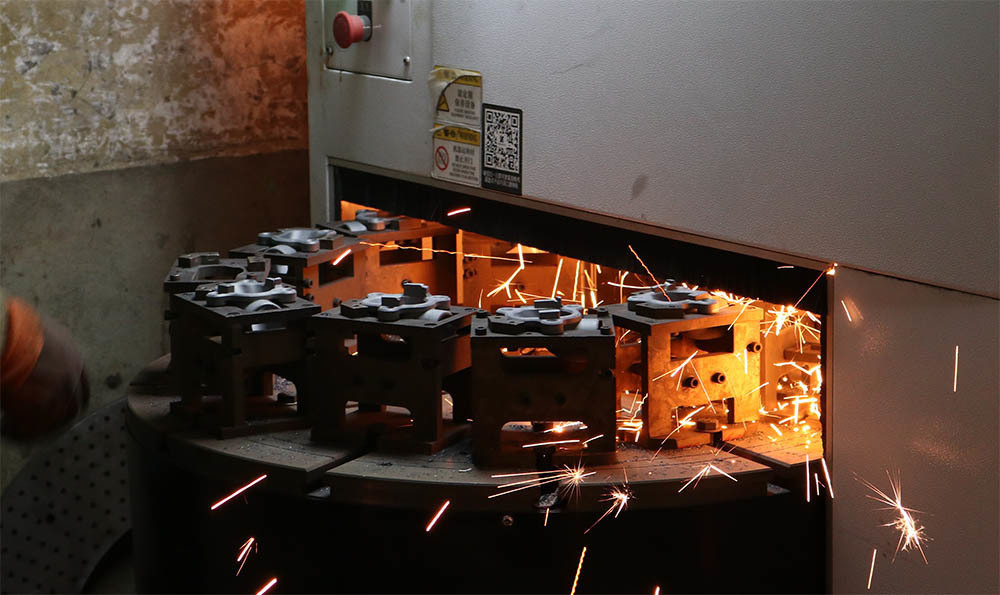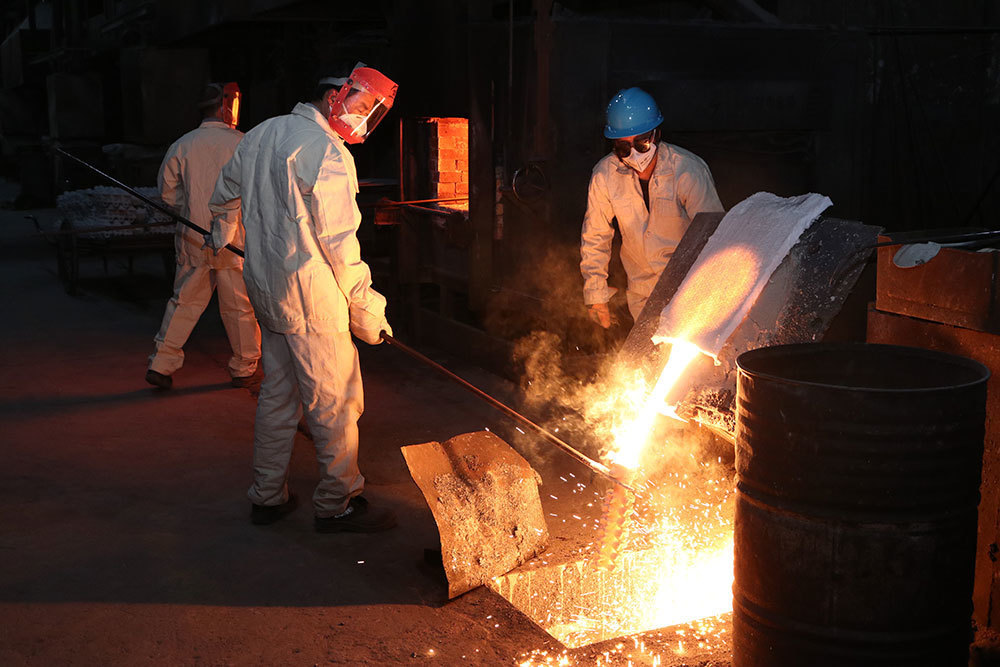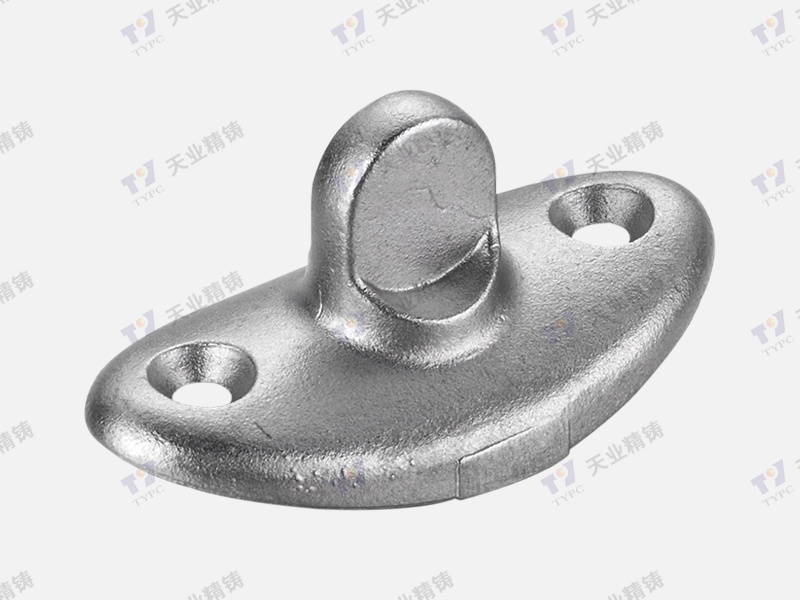2025-05-20
Exploring the Advantages of Stainless Steel Investment Casting in Industrial Applications
Stainless steel investment casting is a precision manufacturing method renowned for its ability to produce complex shapes and intricate designs that meet the rigorous demands of industrial applications. This technique involves creating a wax pattern that is coated with a ceramic shell. Once the shell hardens, the wax is melted away, leaving a cavity that is subsequently filled with molten stainless steel. This process not only allows for high dimensional accuracy but also delivers excellent surface finishes, making it an ideal choice for components requiring tight tolerances.
One of the primary advantages of stainless steel investment casting is its versatility in producing various components across multiple industries. Stainless steel alloys, known for their corrosion resistance and mechanical strength, are suitable for applications in sectors such as aerospace, automotive, and marine. The ability to cast complex geometries means that designers and engineers can innovate without being constrained by traditional machining limitations. This leads to more efficient designs that can help reduce weight and material costs while improving overall performance.
Additionally, the investment casting process is particularly advantageous when manufacturing parts in medium to high volumes. The initial setup costs may be higher due to tooling, but the reduced material waste and shorter production times can lead to significant savings in the long run. As a result, stainless steel investment casting becomes increasingly cost-effective, especially for custom components and intricate designs that are otherwise challenging to produce using alternative manufacturing methods.
Quality control is another critical aspect of stainless steel investment casting. The process allows for close monitoring and precise control over the casting environment, which minimizes defects and ensures consistency across batches. Furthermore, stainless steel components produced through this method typically exhibit superior mechanical properties, such as higher tensile strength and better fatigue resistance, which are essential for demanding industrial applications.
In conclusion, stainless steel investment casting is a highly effective method for producing complex and durable components for various industrial applications. Its ability to combine precision, material efficiency, and high-quality output positions it as a preferred choice for manufacturers looking to optimize their production processes. By understanding the benefits of this technique, professionals in the industrial sector can make informed decisions that enhance their product offerings and meet the evolving demands of the market.
One of the primary advantages of stainless steel investment casting is its versatility in producing various components across multiple industries. Stainless steel alloys, known for their corrosion resistance and mechanical strength, are suitable for applications in sectors such as aerospace, automotive, and marine. The ability to cast complex geometries means that designers and engineers can innovate without being constrained by traditional machining limitations. This leads to more efficient designs that can help reduce weight and material costs while improving overall performance.
Additionally, the investment casting process is particularly advantageous when manufacturing parts in medium to high volumes. The initial setup costs may be higher due to tooling, but the reduced material waste and shorter production times can lead to significant savings in the long run. As a result, stainless steel investment casting becomes increasingly cost-effective, especially for custom components and intricate designs that are otherwise challenging to produce using alternative manufacturing methods.
Quality control is another critical aspect of stainless steel investment casting. The process allows for close monitoring and precise control over the casting environment, which minimizes defects and ensures consistency across batches. Furthermore, stainless steel components produced through this method typically exhibit superior mechanical properties, such as higher tensile strength and better fatigue resistance, which are essential for demanding industrial applications.
In conclusion, stainless steel investment casting is a highly effective method for producing complex and durable components for various industrial applications. Its ability to combine precision, material efficiency, and high-quality output positions it as a preferred choice for manufacturers looking to optimize their production processes. By understanding the benefits of this technique, professionals in the industrial sector can make informed decisions that enhance their product offerings and meet the evolving demands of the market.









